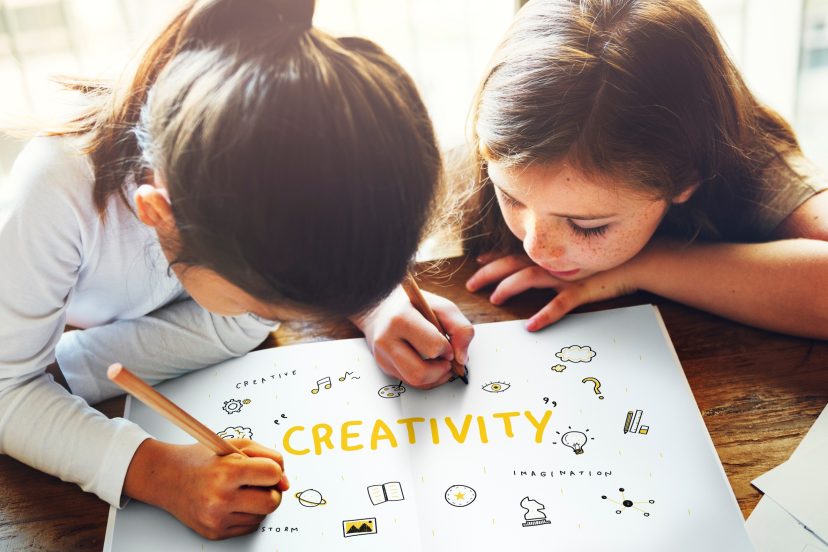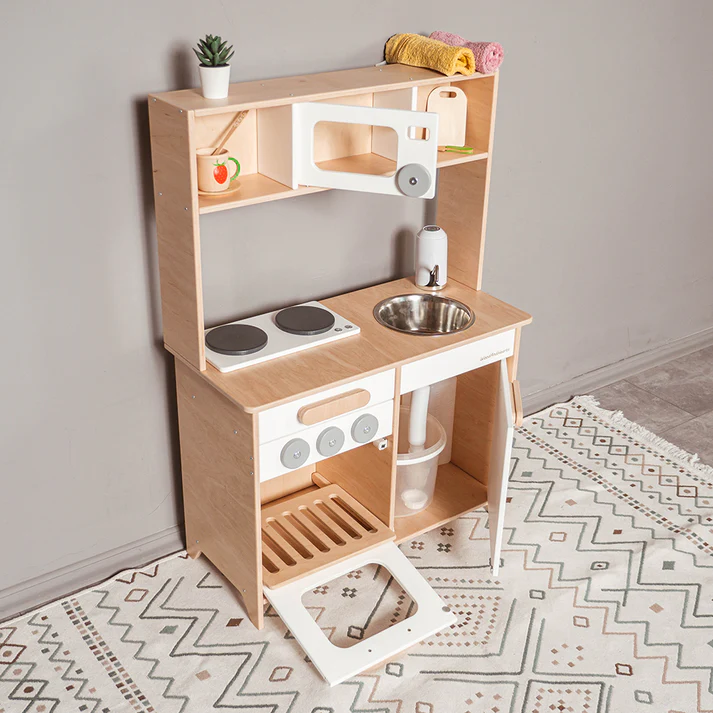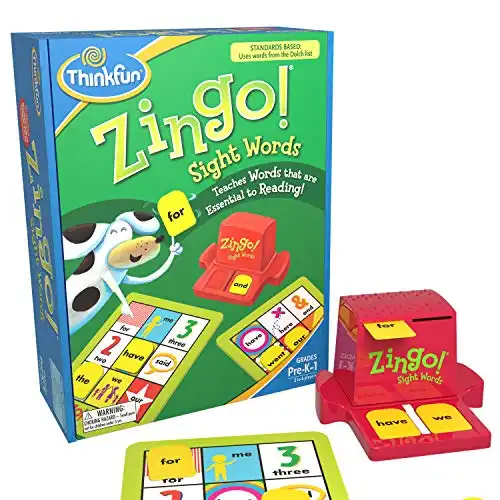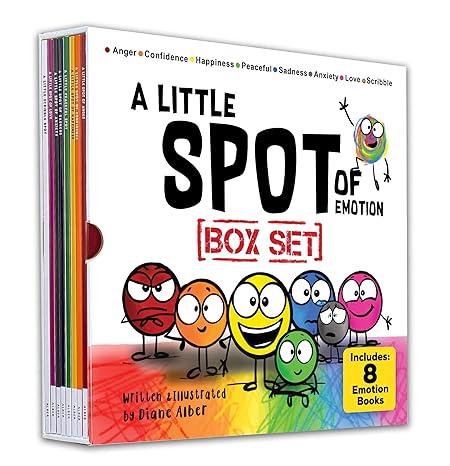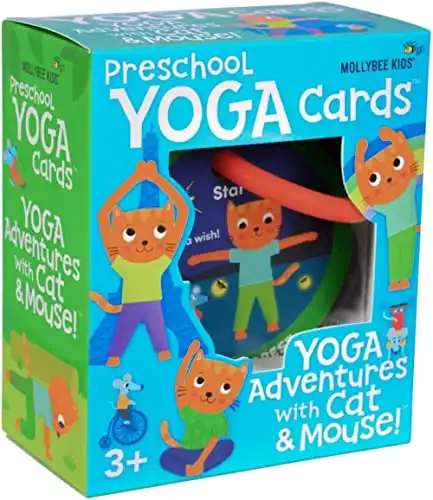Creative Kids: Unlocking the Power of Imagination in Your Child
I’m so excited to talk to you about raising creative kids. You see, creativity isn’t just about painting or playing an instrument; it’s a way of looking at the world. It’s about problem-solving, innovating, and expressing oneself. In this journey I’ve embarked on, I’ve learned that every child has a spark of creativity, and as parents, it’s our job to fan those flames.
In this article, I’ll share the insights I’ve gained from my own experiences and from observing other parents. We’ll explore how to spot and nurture creativity, how to set up the right environment, and how to balance the use of technology. It’s a holistic approach, focusing on emotional, intellectual, and artistic growth.
Recognizing Creativity in Your Child
Recognizing creativity in your child can sometimes be as simple as observing their play patterns. Does your child come up with stories for their toys? Do they enjoy building intricate structures with blocks? These are little signs of a creative kid at work. Creativity can also manifest in problem-solving – maybe they find unconventional ways to do simple tasks.
But it’s not just about recognizing creativity in kids; it’s about nurturing this it. This means listening to their ideas, no matter how outlandish they may seem. It’s about providing them with the resources and emotional space to explore their creativity. Remember, every child expresses creativity differently, and it’s our role to support them in their unique journey.
Developing a Creative Home Environment
Creating a creative home environment for your kids is crucial. This doesn’t necessarily mean an entire room dedicated to arts and crafts. It’s about creating spaces where your child feels free to express themselves. This could be a corner of their room with art supplies, a space in the garage for building projects, or even a quiet spot for journaling or even daydreaming.
Equally important is unstructured time – time when your child can engage in open ended play without a set agenda. This unstructured time allows for exploration, imagination, and, ultimately, the development of creative thinking.
Whether it’s prenetned cooking in a montessori kitchen, doodling, or just lying on the grass looking at clouds, it’s this free time that often sparks the most creativity.
The Role of Education in Creativity
Education plays a pivotal role in nurturing creativity, but it’s a delicate balance. On one hand, you want to ensure your child is getting the academic foundation they need. On the other hand, it’s important to encourage creative learning. This can mean choosing schools or programs that emphasize creative thinking or supplementing their education at home with creative projects and problem-solving activities.
Balancing academic and creative activities can be challenging, but it’s about finding what works for your child. Some kids might thrive in a structured environment with creative outlets on the side, while others might need a more integrated approach. The key is to stay flexible and responsive to your child’s needs and interests.
Your Role as a Parent
As a parent, your role is multifaceted. Firstly, you’re a role model. When your kids see you engaging in creative activities, whether it’s cooking, gardening, or a DIY project, they learn that creativity is a valuable and enjoyable part of life. Your enthusiasm for creativity will inspire theirs.
Secondly, your emotional support is crucial. This means encouraging their efforts, listening to their ideas, and providing constructive feedback. Celebrate their successes, and when they face setbacks, use them as opportunities for learning. Your support helps build their confidence to take creative risks.
Encouraging Exploration and Curiosity
Encouraging exploration and curiosity is about letting your child try new things. It could be new foods, hobbies, or ways of doing tasks. This exploration fosters adaptability and creative problem-solving. It’s about letting them lead the way sometimes, even if it means taking a longer route to learn something new.
Learning from failure is just as important. Teach your child that failure isn’t the end, but a part of the learning process. Encourage them to try again, to look at what didn’t work and why, and to use this knowledge to do better next time. This resilience is a key component of creative thinking.
Artistic Expression in Children
Artistic expression is a wonderful outlet for creative kids. Encourage your child to try various forms of art – drawing, painting, music, dance, writing, or theater. Remember, the goal isn’t perfection but expression. It’s about letting them explore their thoughts and feelings through different mediums.
Celebrating their artistic achievements, big or small, is vital. Display their artwork at home, attend their performances, or simply engage in conversations about their creations. This validation makes them feel valued and encourages them to continue exploring their artistic talents.
Technology and Creativity
Creativity and Technology and can coexist harmoniously when balanced correctly. Technology offers incredible tools for harnessing creativity, from digital art apps to educational games that stimulate creative thinking.
However, it’s also important to set boundaries. Designate tech-free times to encourage your kid to engage in other creative activities.
Tech-free time is not about restriction but about opening up other avenues for discovering creativity. Encourage physical play, outdoor adventures, and traditional forms of art and expression during these times. It’s about showing them the vast canvas of possibilities outside the digital world.
Community and Creativity
Community involvement can greatly enhance your kids creative development. Participating in local art classes, theater groups, or music programs exposes them to new forms of expression and thought. It also allows them to observe and learn from others, which is a vital part of creative growth.
Encouraging interactions with creative peers is equally important. When kids collaborate or simply share ideas with others who have similar interests, it can spark new forms of creativity and provide a sense of belonging and validation.
Fostering Intellectual Curiosity
Intellectual curiosity is the bedrock of creativity. Encourage your child to ask questions and journal about the world around them. This natural curiosity drives creative thinking and a desire to explore and understand. Answer their questions, and when you don’t know the answers, explore the answers together.
Providing resources for learning is also key. This might mean books on topics they’re interested in, educational board games, or visits to museums and science centers. These resources can open doors to new worlds and ideas, feeding their curiosity and creativity.
Emotional Intelligence and Creative Development
Emotional intelligence is deeply intertwined with creativity. Teaching your child to understand and manage their emotions can enhance their creative abilities. It’s about helping them recognize their feelings and express them in healthy ways. This emotional awareness can then feed into their creative expression.
Encouraging empathy and understanding in your child not only helps in their emotional development but also in their creative endeavors. When they learn to see the world from different perspectives, it enriches their creativity, allowing them to connect and express themselves in more meaningful ways.
Developing Creative Thinking Skills
Developing creative thinking skills involves encouraging your child to see problems from different angles and come up with multiple solutions. It’s about teaching them that there’s often more than one way to solve a problem, and sometimes the most unconventional method is the most effective.
Encouraging divergent thinking is key. This means teaching them to brainstorm, to think freely and wildly, and to not be afraid of seemingly ‘silly’ ideas. It’s these out-of-the-box ideas that often lead to the most creative solutions.
Physical Activity’s Role in Creativity
Physical activity plays a significant role in developing creative kids and stress release. It’s not just about keeping fit; it’s about the connection between physical and mental well-being. Active play stimulates the brain, leading to increased creativity. It’s about linking the physical movement with mental growth.
Encouraging outdoor play and physical activities can boost your child’s creative thinking.
Activities like Yoga Games, playing sports, biking, or simply playing tag can stimulate their imagination, improve focus, and enhance overall cognitive abilities.
Cultural Exposure and Creativity
Cultural exposure is a wonderful way to fuel creativity. Introducing your child to different cultures broadens their perspective and inspires new ideas. It could be through food, festivals, music, or language. Each new cultural experience is an opportunity for creative learning and expression.
You can incorporate cultural activities at home too. Cook a meal from another country, watch a foreign film, or celebrate a festival from a different culture. These experiences enrich your child’s understanding of the world and inspire creativity.
Conclusion: The Journey of Raising Creative Kids
Raising creative kids is a journey filled with surprises, challenges, and immense rewards. It’s about guiding them, providing opportunities for growth, and letting them explore. Remember, every child is unique in their creative expression. There’s no right or wrong way to be creative. As you nurture their creativity, you’ll find that it’s not just about them growing; it’s about you growing too.
FAQs About Raising Creative Kids
How can I encourage creativity in a very young child?
Start simple. Engage in sensory play, read stories, sing songs, and let them explore different materials and textures. It’s about sparking curiosity at this age.
My child seems to lose interest quickly. How can I keep them engaged?
The key is variety and not pushing too hard. Rotate activities and let your child guide their interests. Sometimes, short bursts of creative activities are more effective than longer sessions.
Can too much creativity hinder academic success?
Not at all. In fact, creativity enhances problem-solving and critical thinking skills, which are beneficial in academic learning. It’s about finding the right balance.
How can I help my child think more creatively?
Encourage them to ask ‘what if’ questions and think about alternate scenarios. Also, brainstorming sessions where no idea is too silly can be a fun way to stimulate creative thinking
Is it okay to let my child fail at creative tasks? Absolutely. Failure is part of the learning process. It teaches resilience and problem-solving.

